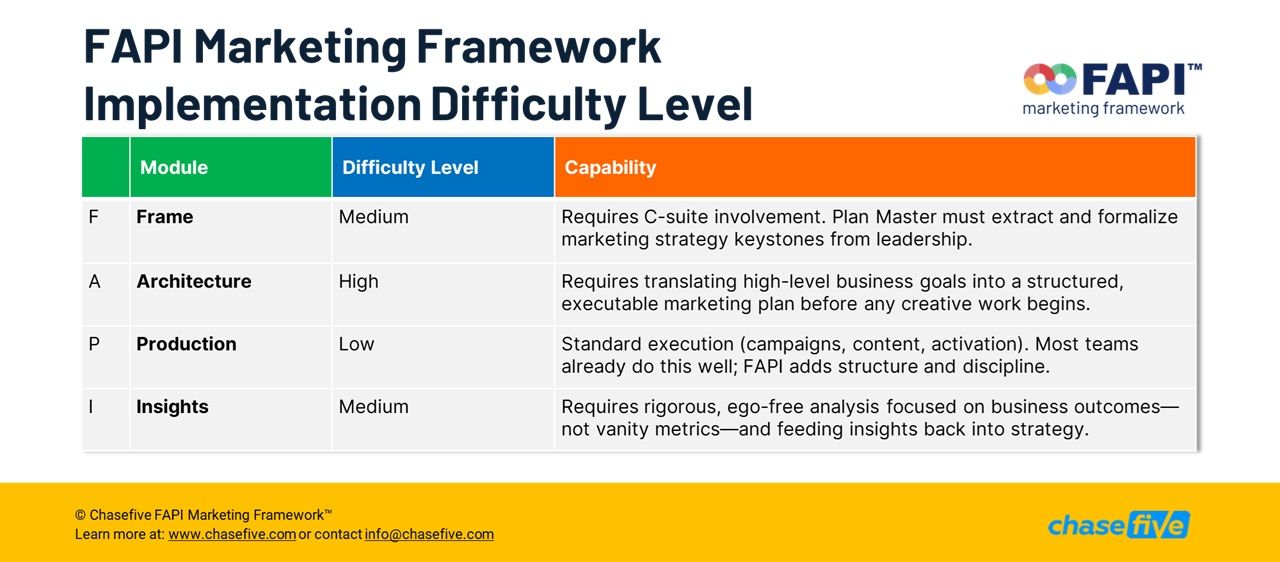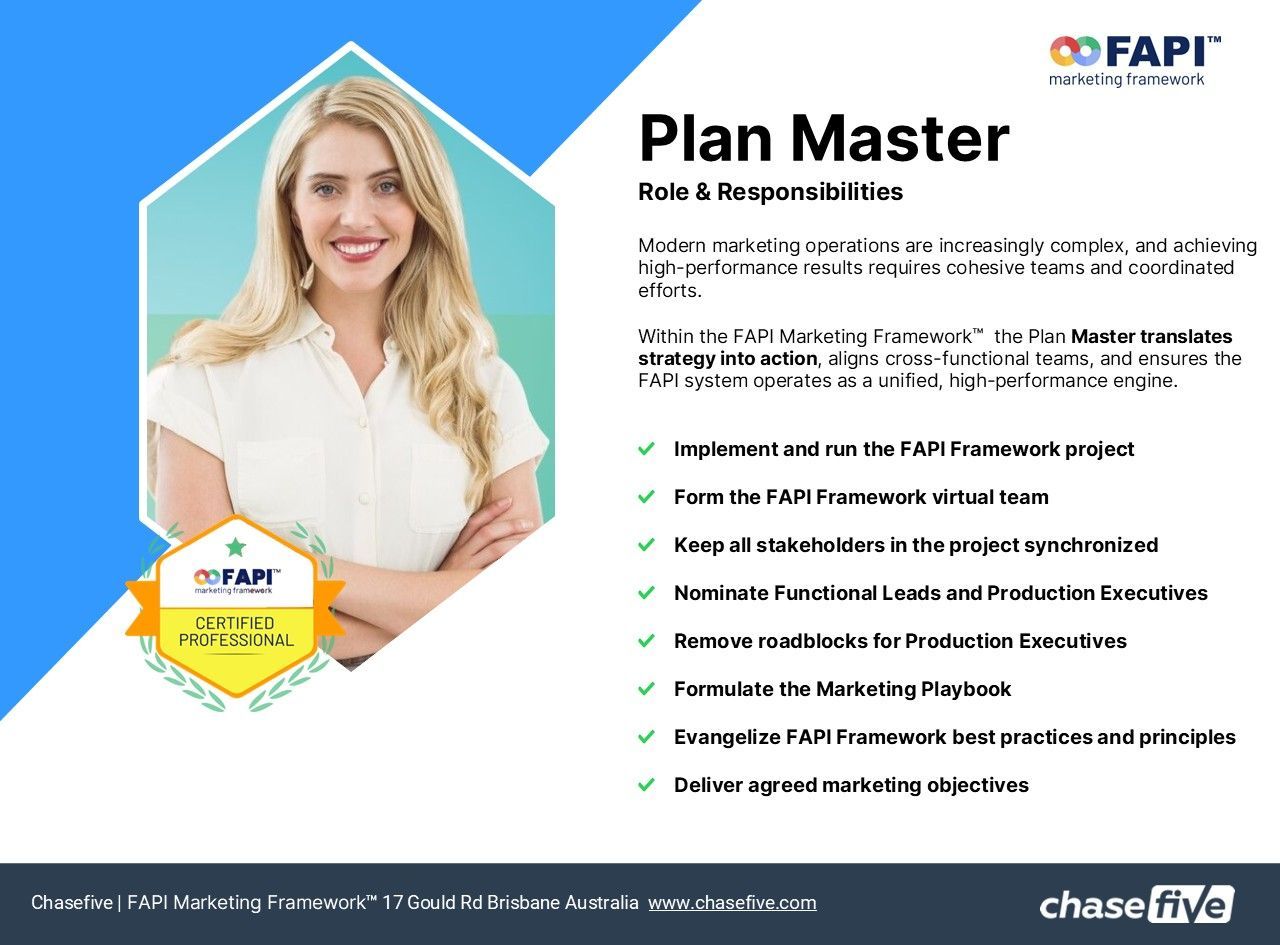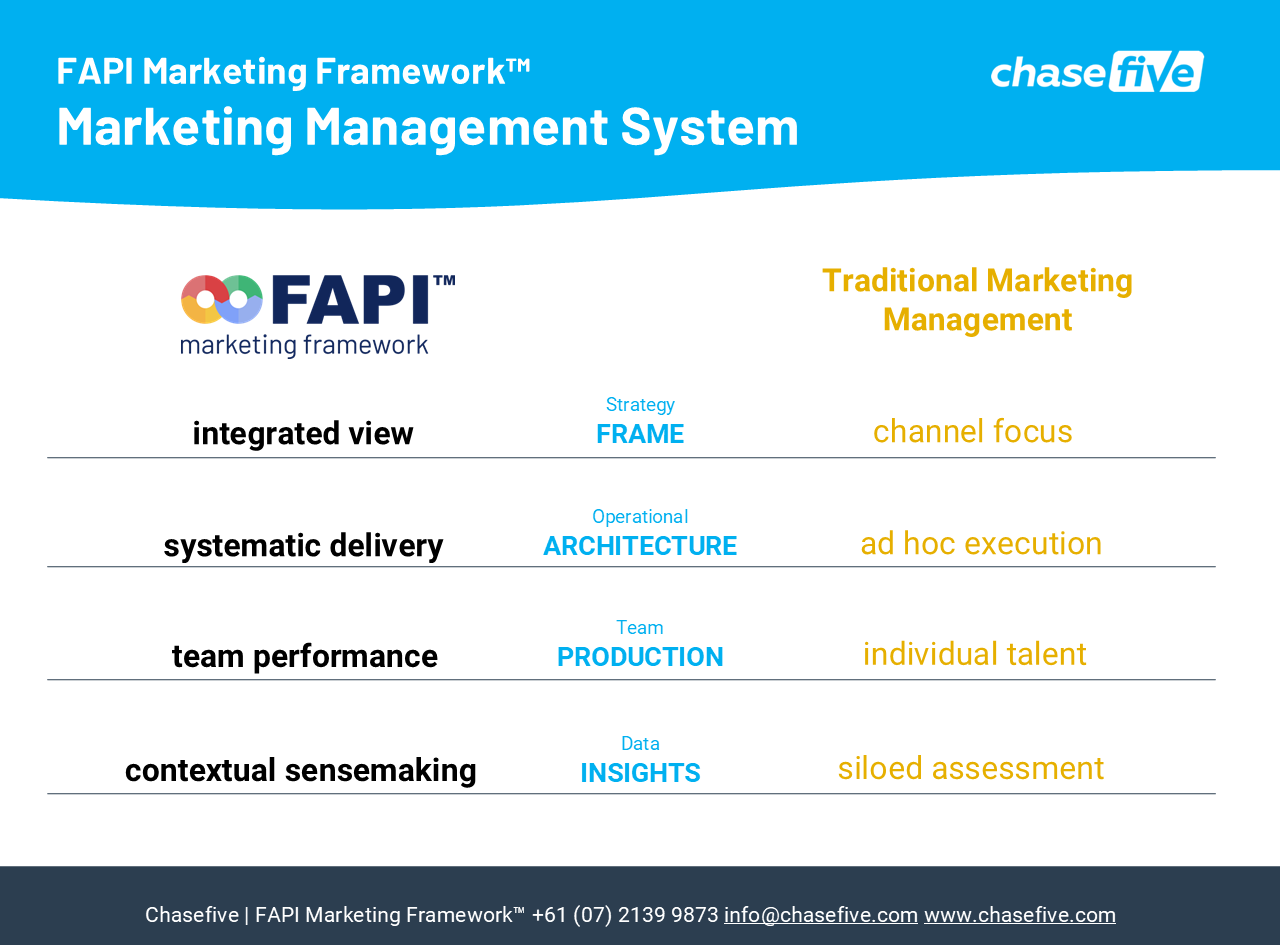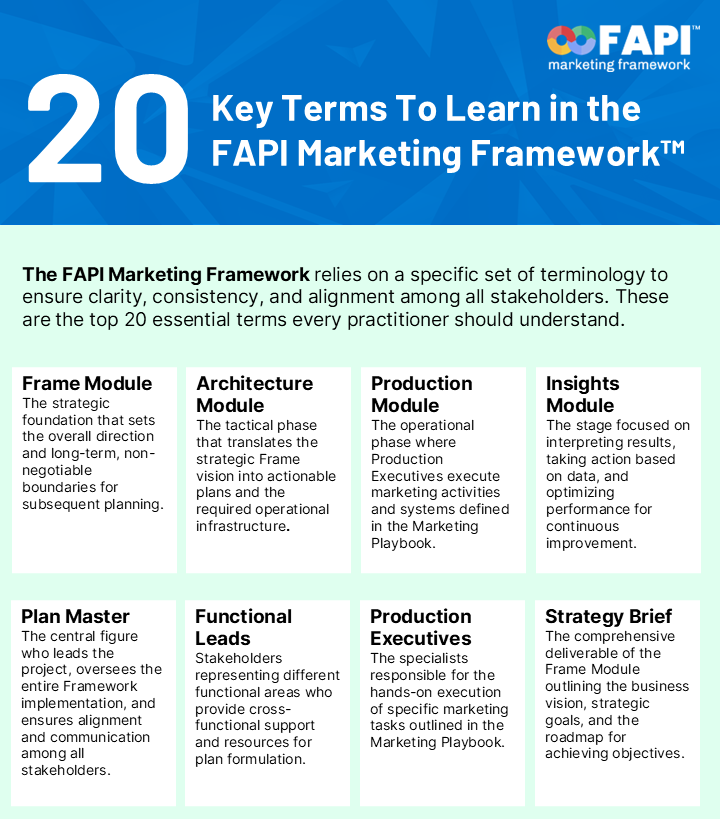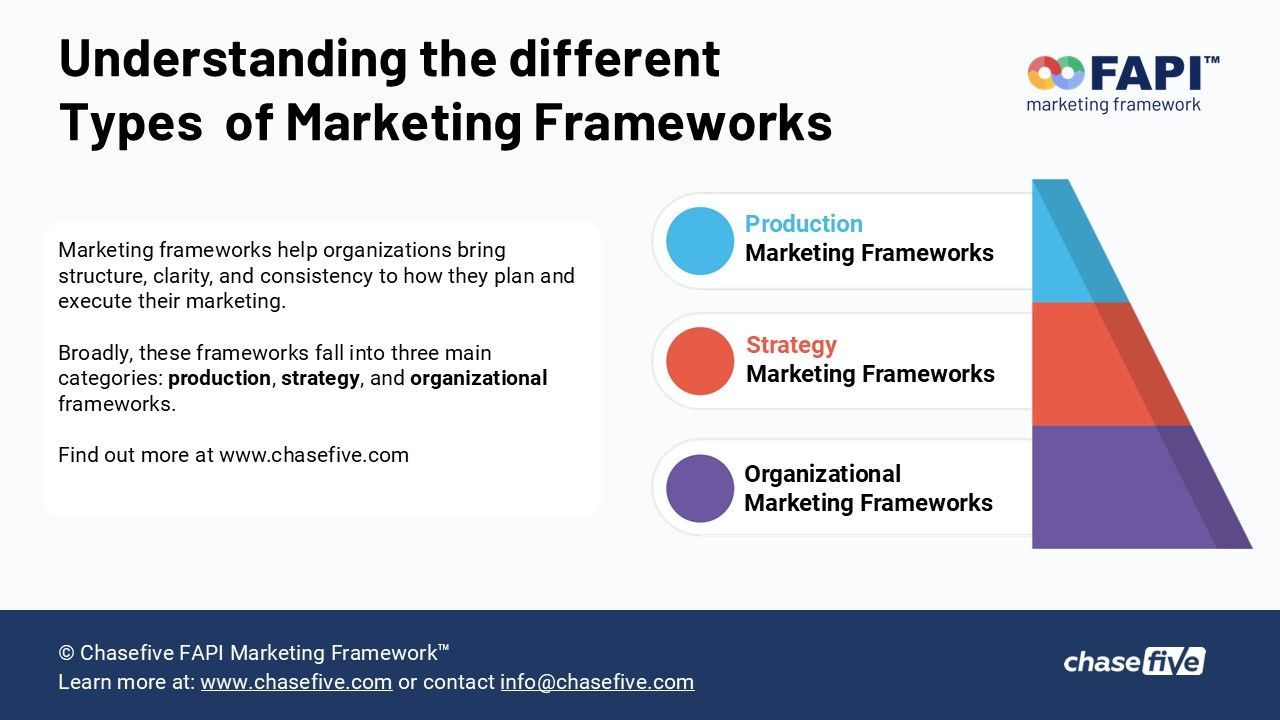Marketing management, a team sport. Key roles in marketing planning and management.
The Importance of Teamwork in Marketing Management

It takes a team of committed individuals from across the organization to create and execute a successful marketing plan. Marketing management is, therefore, a team sport. In this article, we will explore the roles of different departments in a business in creating and executing a marketing plan and the roles of different team members in a marketing organization or project.
Marketing management is not just the responsibility of the marketing department. All departments in a business play a critical role in creating and executing a marketing plan. The sales department, for instance, plays a crucial role in generating revenue, which is the ultimate goal of any marketing plan. The customer service department is also an essential partner in marketing because they deal with customers on a daily basis and have valuable insights into customer needs and preferences.
The Finance and Operations departments are also critical partners in marketing. The Finance department provides critical marketing insights into the financial implications of marketing decisions, while the Operations department is responsible for ensuring that marketing plans can be executed effectively.
The Plan Master
To ensure effective marketing management, a marketing organization or project needs a team of committed individuals headed by a Plan Master. The Plan Master should be an experienced stakeholder who is accountable for leading the project and all its deliverables. In addition, they are responsible for ensuring that the marketing plan is executed successfully and that all team members are working towards the same goals.
Functional Leads
The Plan Master nominates Functional Leads, who are responsible for providing cross-functional support to the project. The Functional Leads are accountable for specific areas of the marketing plan, such as market research, creative development, and media planning. They are responsible for ensuring that all team members work together cohesively and that the marketing plan is executed effectively.
Production Executives
Finally, the Plan Master will appoint a team of Production Executives who are marketing execution specialists. The Production Executives are the team members who are engaged in the execution of specific tasks that have been agreed upon to roll out the marketing plan. They could be people from the marketing department, for example, a social media community manager. They could be from an external agency, for example, a paid media specialist. Finally, they could be employees from a different departments within the business who are contributing to the execution of the marketing plan, as in the customer service department example mentioned earlier.
The Role of Production Executives in the FAPI Marketing Framework
In the FAPI Marketing Framework, the Production Executives are an essential part of the team responsible for executing the marketing plan. They are responsible for implementing the tasks that have been agreed upon to roll out the marketing plan. They work closely with the Functional Leads to ensure that all tasks are completed on time and to the required standard.
The Production Executives could be internal team members or external partners such as agencies. However, it is essential to ensure they have the required skills and experience to execute their assigned tasks; this is especially important in digital marketing, where the landscape continually evolves.
In summary, marketing management is a team sport that requires collaboration from different departments in a business. The Plan Master is responsible for leading the marketing organization or project and ensuring all team members work towards the same goals. Functional Leads are responsible for specific areas of the marketing plan, while Production Executives are responsible for executing specific tasks. Regardless of their role, all team members must work together cohesively to ensure the marketing plan is executed successfully.
In conclusion, effective marketing management requires teamwork and collaboration. It is essential to recognize the role of different departments in a business and ensure that all team members are working together cohesively towards a common goal.
The FAPI Marketing Framework™ provides a comprehensive approach to marketing planning and execution that encompasses all stages and components of the marketing process.
-
For media enquiries or to find out more about the FAPI Marketing Framework™ admin@chasefive.com
